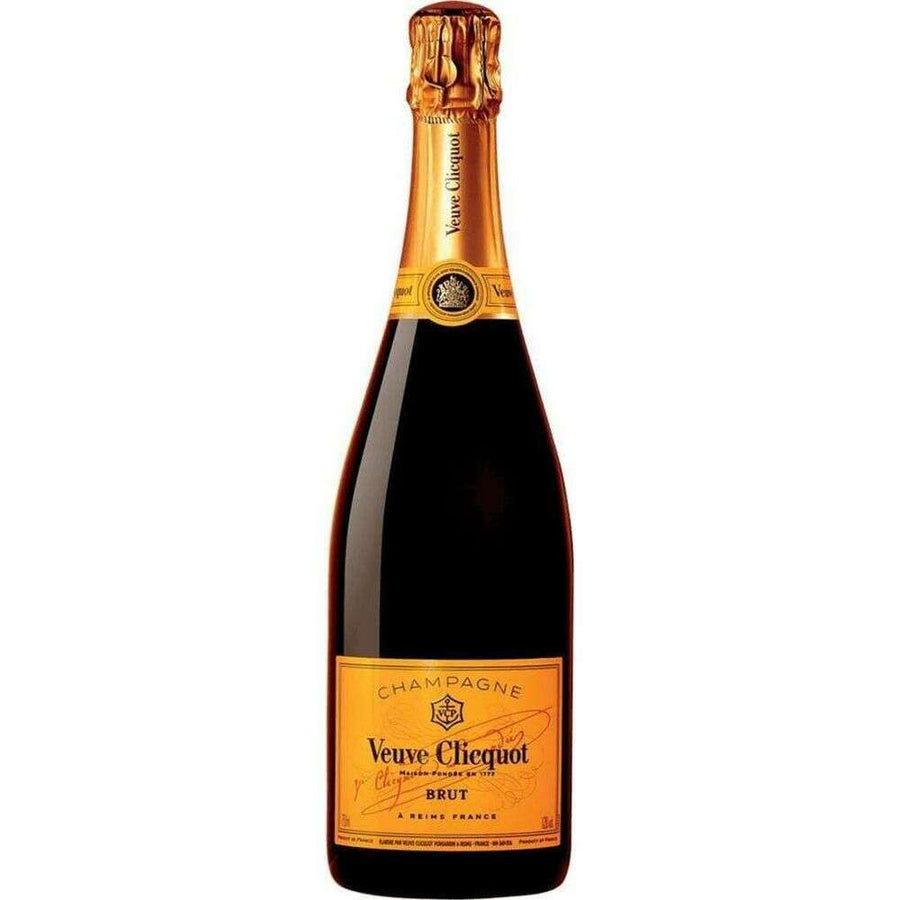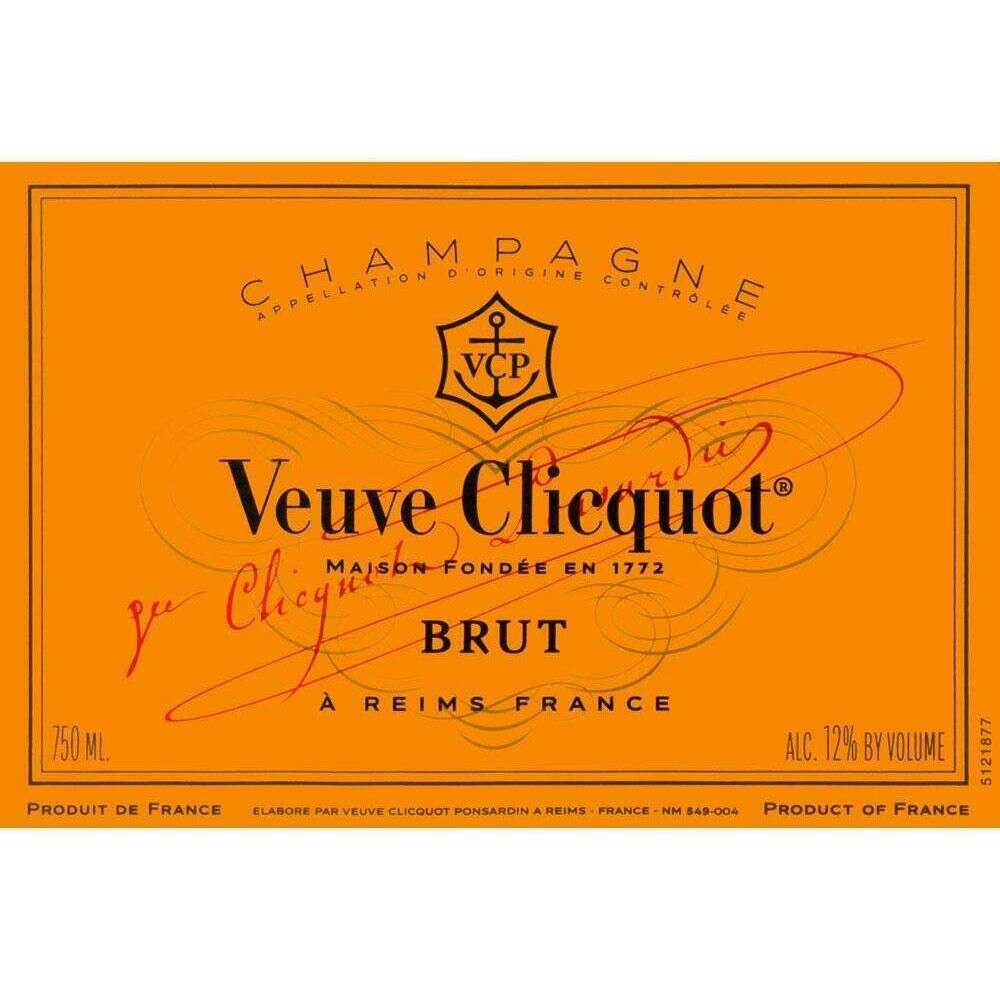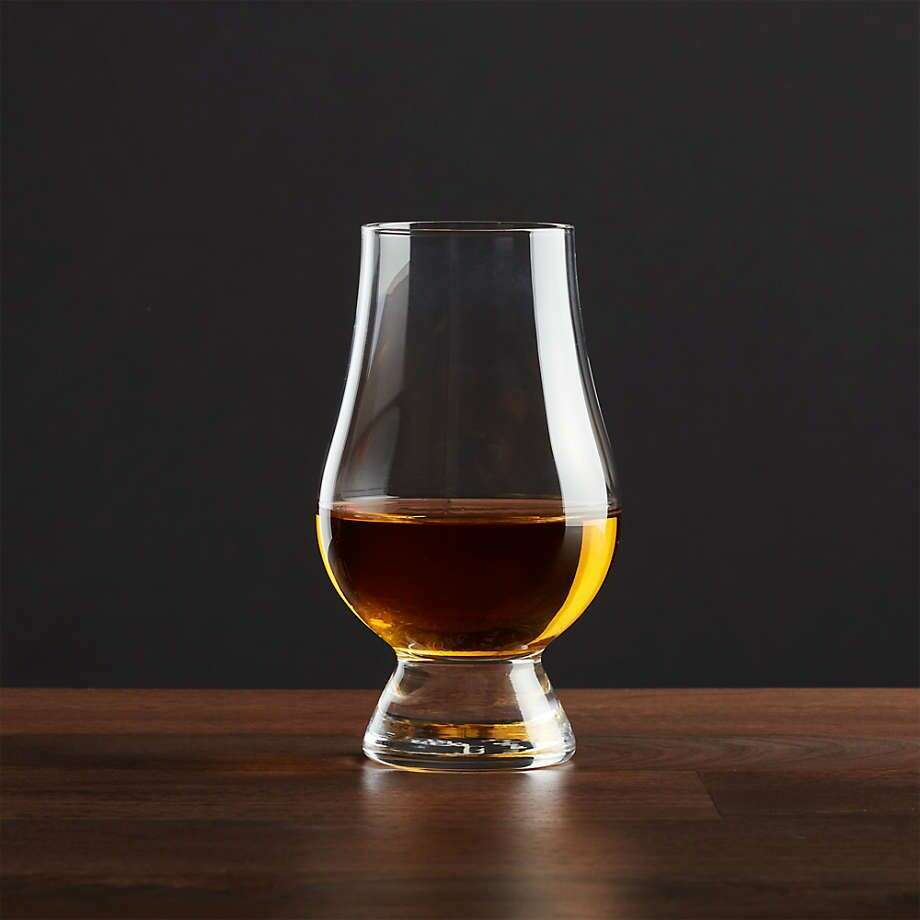Understanding Liquor Bottle Sizes: A Comprehensive Guide
In the world of wines and spirits, the size of the bottle is more than just a matter of volume; it's a nod to tradition, a statement of luxury, and sometimes, a clever marketing strategy. Whether you're a casual sipper or a seasoned collector, understanding liquor bottle sizes can enhance your enjoyment and appreciation of your favorite spirits. This comprehensive guide will help you navigate the fascinating world of liquor bottle sizes.

The Importance of Bottle Sizes
Liquor bottle sizes are not just about how much drink you get for your money. The size of the bottle can influence its aging process, the way it's served, and how it's perceived by consumers. In the wine and spirits industry, larger bottles are often seen as more prestigious and are used for special editions and limited releases.
Standard Liquor Bottle Sizes
Let's start with the basics. The most common liquor bottle size you'll encounter is the 750ml bottle. This size is known as a "standard" bottle and is used for a wide variety of spirits, from bourbon to vodka.

- Miniature (50ml): Often called "nips" or "minis," these small bottles are perfect for tasting or for travel. Products like Jack Daniel’s Tennessee Whiskey Mini Bottles are a great example.
- Pint (375ml): This is half the size of a standard bottle, often used for smaller gatherings or personal consumption.
- Standard (750ml): The most common size, used for a wide range of spirits. Notable examples include Blanton’s Original Single Barrel Bourbon, Woodford Reserve Straight Bourbon, Larceny Small Batch Bourbon, and Jefferson’s Kentucky Small Batch Bourbon.
- Magnum (1.5L): Equivalent to two standard bottles, often used for special occasions and large gatherings.
- Jeroboam (3L): Known as a "double magnum" in the wine world, this bottle is impressive and often used for celebratory moments.
- Rehoboam (4.5L) and Methuselah (6L): These larger bottles are rare in the spirits world but highly valued by collectors.
- Goliath (27L) and Melchizedek (30L): These massive bottles are mostly for display and a testament to opulence.
The Story Behind the Bottle
Each bottle size has its own story and context. For instance, the mini bottles became popular during Prohibition in the United States, allowing consumers to enjoy their favorite spirits discreetly. The larger bottles, such as the magnum and jeroboam, have their roots in the wine industry, where they are believed to improve the aging process of wine.
Bottle Sizes and Aging
The size of the bottle can have a significant impact on the aging process of the spirit. Larger bottles, such as magnums, have less surface area relative to volume, which means the spirit inside ages more slowly. This can lead to a more nuanced and complex flavor profile over time.

Where to Buy
Understanding liquor bottle sizes is just the beginning. If you're looking to expand your collection or find the perfect bottle for your next gathering, here are some great places to start:
- Bourbon Central: Your go-to source for a wide range of bourbons, including the renowned Hennessy Paradis Rare Cognac.
- Total Wine: Known for its extensive selection and knowledgeable staff.
- Wine.com: Perfect for online shopping with a vast array of options.
Frequently Asked Questions
What is the most common liquor bottle size?
The most common liquor bottle size is 750ml, often referred to as a "standard" bottle.
Why are larger bottles considered more prestigious?
Larger bottles, such as magnums, are often used for special releases and are thought to enhance the aging process, making them desirable for collectors.
Do mini bottles taste different from standard bottles?
The taste should be consistent across bottle sizes; however, the experience of consuming from a mini bottle can be different due to the novelty and portion size.




